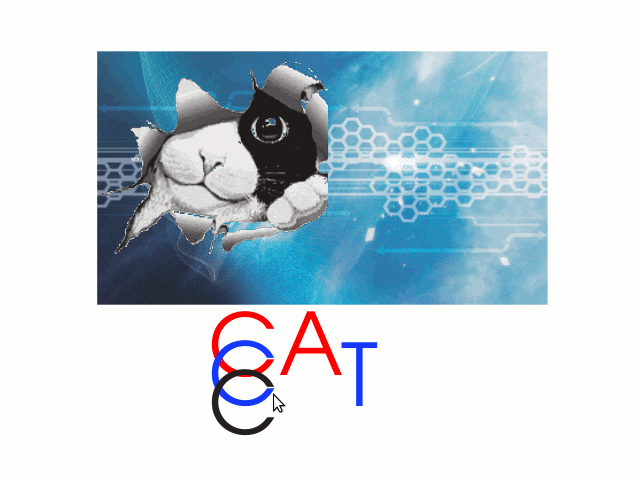Welcome to Computer Algebra in Coding
Theory and Cryptography
Special Session at the 18th International Conference on Applications of Computer Algebra 2012.
This is the seventh session (previous were held at ACA 2004, ACA 2005, ACA2008 with the same
senior organizer E. Martínez-Moro and in ACA 2006, ACA 2007, ACA 2010 were entitled "coding theory and cryptography" organized
by T. Shaska) devoted to providing a forum for exchange of ideas and research results related to Computer Algebra, both theoretical
and algorithmic
treatment of all kinds of symbolic objects, in application to Coding Theory and Cryptography.
Call For Papers and Participation
It is planned to have 12 1/2 hour contributed talks in the session. Submissions of 2-page extended abstracts should be
sent to the session organizers following the ACA 2012 deadline guidelines.
The submitted extended abstracts will be reviewed for soundness and relevance to the session.
Topics
Session topics include (but are not limited to) the following:- Computer Algebra in Coding Theory
Applications of the methods of applied algebraic geometry to coding theory including decoding algorithms, combinatorial constructions of codes, search of optimal codes ... - Computer Algebra in Cryptography
Algebraic cryptoanalysis. Post quantum, hash-based and lattice-based cryptography. Multivariate PKC... - Interactions between Coding, Crypto and C.A.
Secret sharing schemes. Steganography. Code-based cryptography...
Talks:
Special AAECC Issue
Authors of the extended abstracts accepted will be invited to submit their full revised papers for publication
in a special issue of Applicable Algebra
in Engineering, Communication and Computing (Guest editors: Edgar Martínez-Moro, Stefan Dodunekov, Iliya Bouyukliev and Stanislav Bulygin).
If you are planning to submit a paper please tell us a.s.a.p. a tentative title and abstract (indeed before the deadline).
Important dates:
- 20 Oct. 2012, Submission of full papers (Hard deadline)
- 20 Dec. 2012, First round of revisions
- 28 Jan. 2013, Final form of selected papers.
